Types Of Belly Bulge: What Type Are You And How To Fix It
Last updated on
Not all belly bulges are “made” equal. This article looks at the many types of belly bulge so that you can identify your type of belly bulge. Understanding this will help you get on the first step to getting rid of it.
Not all belly bulges are best solved with a generic combination of diet and exercise. Depending on what specific type of belly bulge you’ve got, you might be experiencing better results when you’re getting more rest, or perhaps when you’re toning down your exercise regime and switching your high-intensity workouts for something that involves less exertion.
Read on to find out which belly bulge type you have, and how to combat it!
4 Main Types Of Belly Bulge
1: Adrenal Stress Belly Fat Type
Accompanying symptoms: Headaches, migraines, backache and general fatigue.
Are you constantly stuck in the office working overtime? Do you frequently skip meals, indulge in junk food, and consume several cups of coffee a day? Do you experience headaches or brain fog? If you’ve answered yes to the questions above, you’re likely to have a belly bulge that is induced by stress.
How does this work? When our bodies are stressed, we produce cortisol, which is a “fight or flight” hormone that releases sugar into our bloodstream for us to either fight, or flee to safety.
But, what happens when we have all this cortisol in our bodies, but don’t do anything physical? The extra energy turns into fat reserves—and these are deposited at your lower abdomen (close to the liver), so that it can be quickly converted back into energy if/when necessary.
This particular type of belly bulge is easy to spot—you’re looking for weight which is not distributed evenly, but concentrated at the front of the midriff. To combat the adrenal stress belly bulge, make sure you get adequate sleep every night, and try deep breathing relaxation techniques to help you decrease your stress levels.
If possible, try to allocate sufficient time for meals as well, because eating in a hurry signals to your brain that you’re in danger, and prompts the release of cortisol.
2: Post-Pregnancy Mommy Belly
When you’re pregnant, your tummy stretches to gigantic proportions—but unfortunately, you can’t just snap your fingers and have it return to pre-pregnancy shape once you’ve given birth.
Breastfeeding a few months after delivery is a good way to get rid of mommy belly. Nursing helps your uterus to contract, almost like a workout for your entire body.
According to gynaecologists, your uterus “drops” to a lower position after giving birth, and becomes much heavier than it was, pre-pregnancy. In addition to this, many women also experience diastasis recti—this is a separation of your abdominal wall muscles that happens when your uterus stretches to accommodate your foetus.
What can you do to reverse a post-pregnancy mommy belly bulge? Make sure you’re doing your Kegels to strengthen your pelvic floor muscles, which support your uterus, and also your urethra, bladder, and rectum. Whilst you’re sitting down, squeeze your pelvic muscles together (as if you’re trying to stop a stream of urine), then continue squeezing, bringing this same sensation up your abdomen so you’re contracting your stomach at the same time.
Another common problem for women experiencing the post-pregnancy belly bulge is that pregnancy acts to stimulate fat-storing hormones. To counter this, experts recommend taking fish oil supplements. To be specific, anywhere from three to five 1,000mg capsules per day—which help to activate fat-burning hormones, and de-activate fat-storing ones. A diet that is rich in nuts, oils and olives also helps to burn fat.
3: Menopausal Hormonal Belly
Accompanying symptoms: Typical menopause symptoms such as mood swings, hot flashes, night sweats, vaginal dryness.
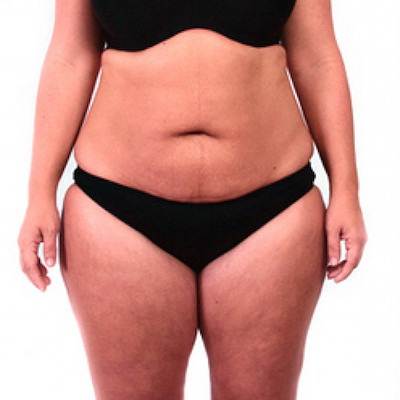
At the same time, women who are post-menopause also experience a reduction in testosterone levels, which results in less muscle mass and a slower metabolism rate. You may also lose fats on your upper arm that becomes flabby.
Because this makes it more difficult to process simple, non-complex carbohydrates, these carbohydrates tend to be stored as fat around the tummy area.
Apart from this, a belly bulge caused by menopause is also hormonal and somewhat similar to the adrenal stress belly bulge caused by stress—in the sense that menopause also results in your fat cells triggering the production of cortisol.
To counter this, steer clear of intensive activities such as crossfit that will prompt your body to produce even more cortisol. Instead, you should be burning calories through low-intensity exercises such as walking whilst holding hand weights, and cycling at a leisurely pace.
4: Food Allergies Bloated Belly Type
Accompanying symptoms: Stomach discomfort, gas and bloating, feelings of nausea.
If your tummy starts off flat in the morning, but magically expands as you go about the course of your day, it’s highly likely that you’re bloating due to gas or indigestion. This can happen to women who are of normal weight or overweight, and the chief perpetrator is typically food allergies.
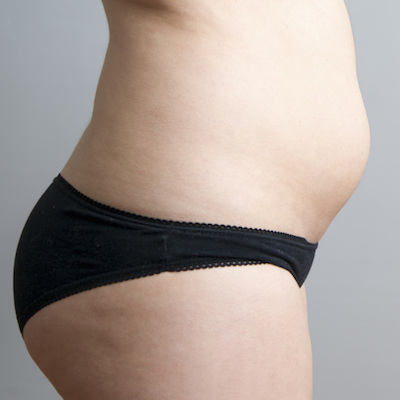
However, the truth is that many adults develop an allergy to certain foods only later on in life—and there are also some who outgrow a food allergy in their teens, only to have it reappear later in adulthood.
What are some of the foods that you could be (unknowingly) allergic or intolerant to, then?
The common culprits include wheat and gluten (which is found in bread, pasta, pizza, and cereals), yeast (found in bread and baked goods), and dairy products such as cheese, milk, and butter. In particular, gluten is known to inflame the bowel, and make your stomach look bigger and feel bloated.
In order to figure out which of the above foods is the one that’s causing all that havoc, go on an elimination diet, where you stop eating these potentially problematic foods and gradually re-introduce them, one at a time.
Your base diet should consist of fresh vegetables, meat, chicken and fish—eat only these items for at least a fortnight, and see whether your bloating reduces. If it does, start incorporating the “problematic” foods one at a time, to identify the specific food that you’re having trouble with.
5: Beer Belly
Accompanying symptoms: Back pain, craving sugary foods.
There’s nothing quite like the feeling of settling onto your couch with an ice-cold beer (or glass of wine, or your alcoholic drink of choice!) after a long hard day at work. Nothing wrong with that, but if you’re doing this so often that you get the dreaded beer belly, then you have a problem!
The beer belly is a classic pot belly which is spherical in shape. This is how it works—when you consume alcohol, this makes it difficult for your body to break food down properly. It also hinders your liver’s ability to burn fat, resulting in all that excess fat accumulating at your belly area.
Getting rid of your beer belly is simple enough (in theory, that is). Cut back on your alcohol, and try to eat clean, increasing your intake of fruits and vegetables. Intermittent fasting is a tremendous help. Keep at it long enough, and you’ll find your belly starting to reduce in size.
6: Carbs (Sugar) Belly
Accompanying symptoms include: Love eating, craving carbs.
You might be a teetotaller, but even that won’t save you from having a carbs belly. If you have the habit of indulging in carb-heavy dishes (such as pasta and pastries) or rich dairy food that result in you having a “food coma” after you eat, it’s highly likely that you have a belly bulge caused by a carbs or sugar overload.
Why are carbs bad for you? Most carbs have a high glycemic index—meaning that these are quickly converted into sugar in your body (and stored as fat, if you’re not working out and burning them).
You can’t completely eliminate carbs from your diet, of course, as that will bring about a whole host of problems—so the trick is to avoid non-complex carbs such as white bread, white rice and pasta. Instead, go for complex carbs such as multigrain bread, brown rice and low-sugar fruits—these will help you to stay full without causing your sugar levels to spike.
If you often crave carbs, there may be an underlying condition—you most likely have Candida (yeast) infection as yeast feeds off on sugar and this eating habit sets up a perfect environment for them to thrive.
Identify Your Type Of Belly Fat
After reading this article, you should have successfully identified the specific belly bulge that you have, and learned how to deal with this as well. Best of luck in reducing that belly bulge—and remember that regardless of whether you’re dieting, exercising, or changing your lifestyle in an alternative way, consistency is key!
Some of the links I post on this site are affiliate links. If you go through them to make a purchase, I will earn a small commission (at no additional cost to you). However, note that I’m recommending these products because of their quality and that I have good experience using them, not because of the commission to be made.
Comments
Leave a Reply

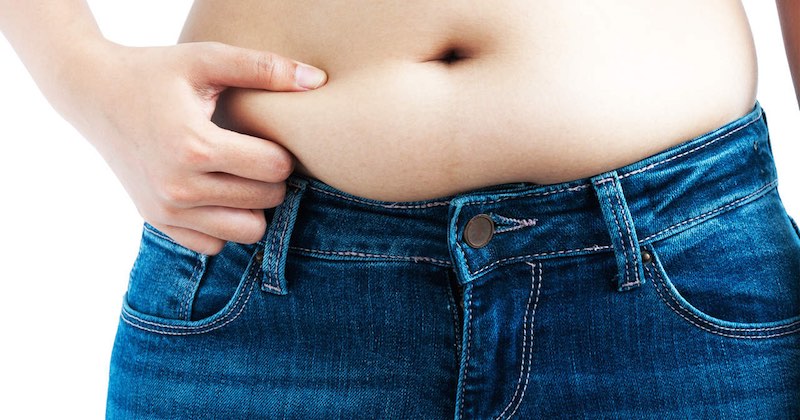
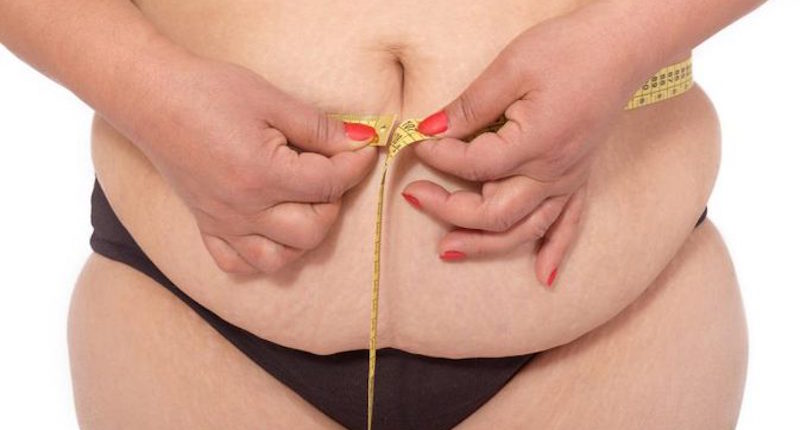
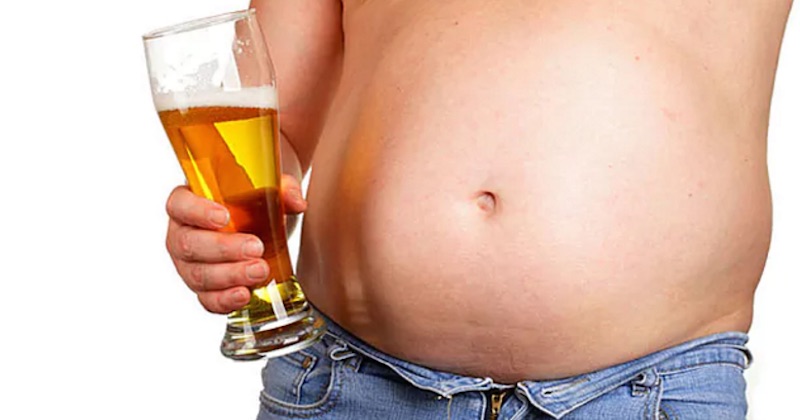
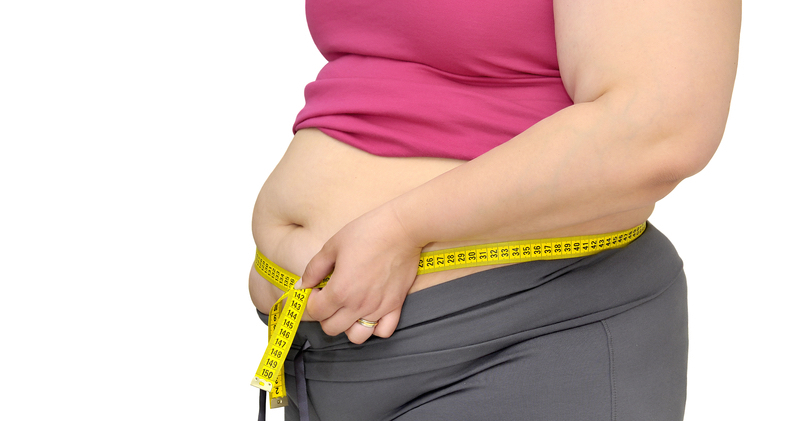








































 JOIN OVER
JOIN OVER
I need help understanding where to start!
I believe I have candidia
Post pregnancy mommy belly how to reduce it suggest a juice
great article. makes perfect sense